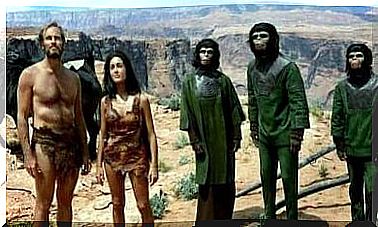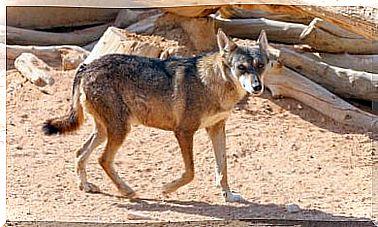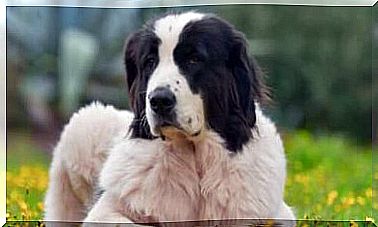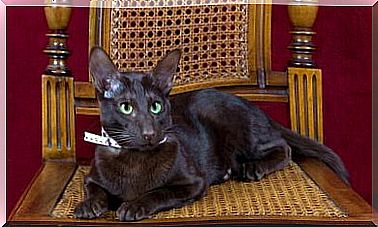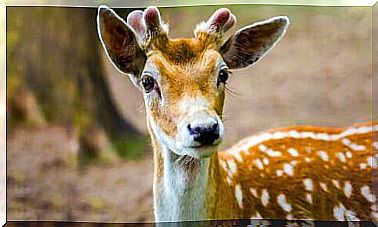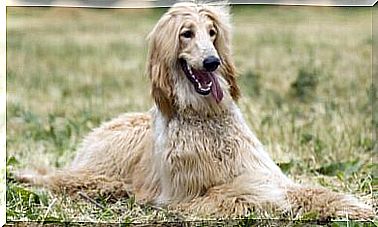The Kangaroo: Characteristics And Curiosities About The Animal Symbol Of Australia

The kangaroo is an animal that is as wonderful as it is surprising. His ability to move by jumping instead of running is one of his best known traits. But it doesn’t stop there: these Australian marsupials have another set of characteristics and curiosities worth examining. Let’s see together some characteristics and curiosities about the kangaroo.
In general, the common name “kangaroo” is used to refer to this species. However, there are several subspecies that are classified based on characteristics such as size, behavior, and geographic location, to name a few.
The term kangaroo indicates the largest specimens within the species, while the Wallaby is a marsupial whose size is not large enough to be considered a kangaroo.
The classification of these mammals is quite broad and there are 47 different species, among which the best known are:
- The red kangaroo, the largest among the extant marsupials.
- The western gray kangaroo, a little smaller than the previous one and which inhabits the south west of Australia.
- The eastern gray kangaroo, one of the least known, but with a large population on the continent.
The best known characteristics of the kangaroo
The fact that the kangaroo moves by jumping allows it to minimize energy waste. The powerful hind legs and muscular arrangement of the tail provide them with the necessary strength to move at high speed. A kangaroo can run at around 70 km / h, although in a moderate run its average speed is 25 km / h.
The length of the hind legs prevents it from walking easily. This is why he uses his tail strength to support himself. With the help of the tail it forms a kind of tripod which gives it stability. However, they cannot walk backwards and only in the water can they move their legs independently.
They are herbivorous animals that base their diet on roots, flowers and grass, but this diet does not prevent them from reaching an average of 80 kilos in weight. They usually eat in groups during the afternoon or evening.
An adult usually reaches 1.5 meters in height, although specimens of 2 meters have been found. The life expectancy of a kangaroo is around 18 years.

The pouch in which the little kangaroos are stored serves as a shelter for up to eight months of age. After this time, the mothers return to breastfeed for another six months. It is likely that another puppy is already in the carrier by that time.
Lesser known facts about the kangaroo
One of the curiosities that draws the most attention to these animals is that they do not sweat. Their way of adjusting to the heat is to lick their paws, then rub their chests to lower their body temperature.
The kangaroo is able to hear almost imperceptible sounds to other animals. They are also capable of surviving without water for several weeks. In fact, they get the fluids and nutrients they need from the plants they ingest.
There are kangaroos who eat poppy plants and get drugged. This is evident when they move awkwardly, plus they have been seen spinning around or failing to keep their balance.
Kangaroos approach other specimens by sniffing them with their snouts. They can socialize by fighting, which generally occurs among young kangaroos. However, some adult specimens can retain this habit.
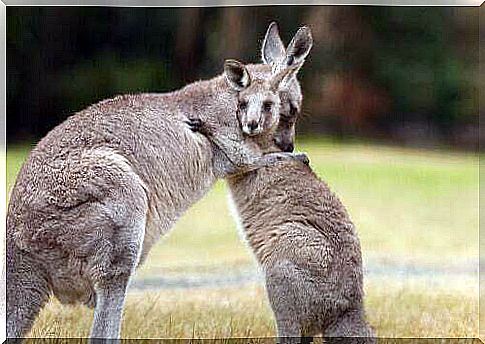
Breeding habits
Kangaroo mating is another curious matter, as males sniff the urine of females to recognize if they are ready for breeding. The courtship period can last up to three days.
Often the male sniffs and touches the female’s tail with his paws, and the female responds with sinuous movements. Some kangaroo species only mate when the weather conditions are favorable for the rearing of the cubs.
Females can stop the embryonic development of their young if the environmental conditions are not favorable. This often happens during seasons of severe drought, so when conditions improve, gestation continues smoothly. In this way they guarantee their young ones a better chance of survival.
Fortunately, there aren’t too many natural predators for this species. Foxes, some snakes, eagles and dingoes often attack them, especially the young ones.
However, poaching to sell meat and destroying their habitat makes the human race the most dangerous species for kangaroos. In fact, not just for kangaroos, but for the world at large.
